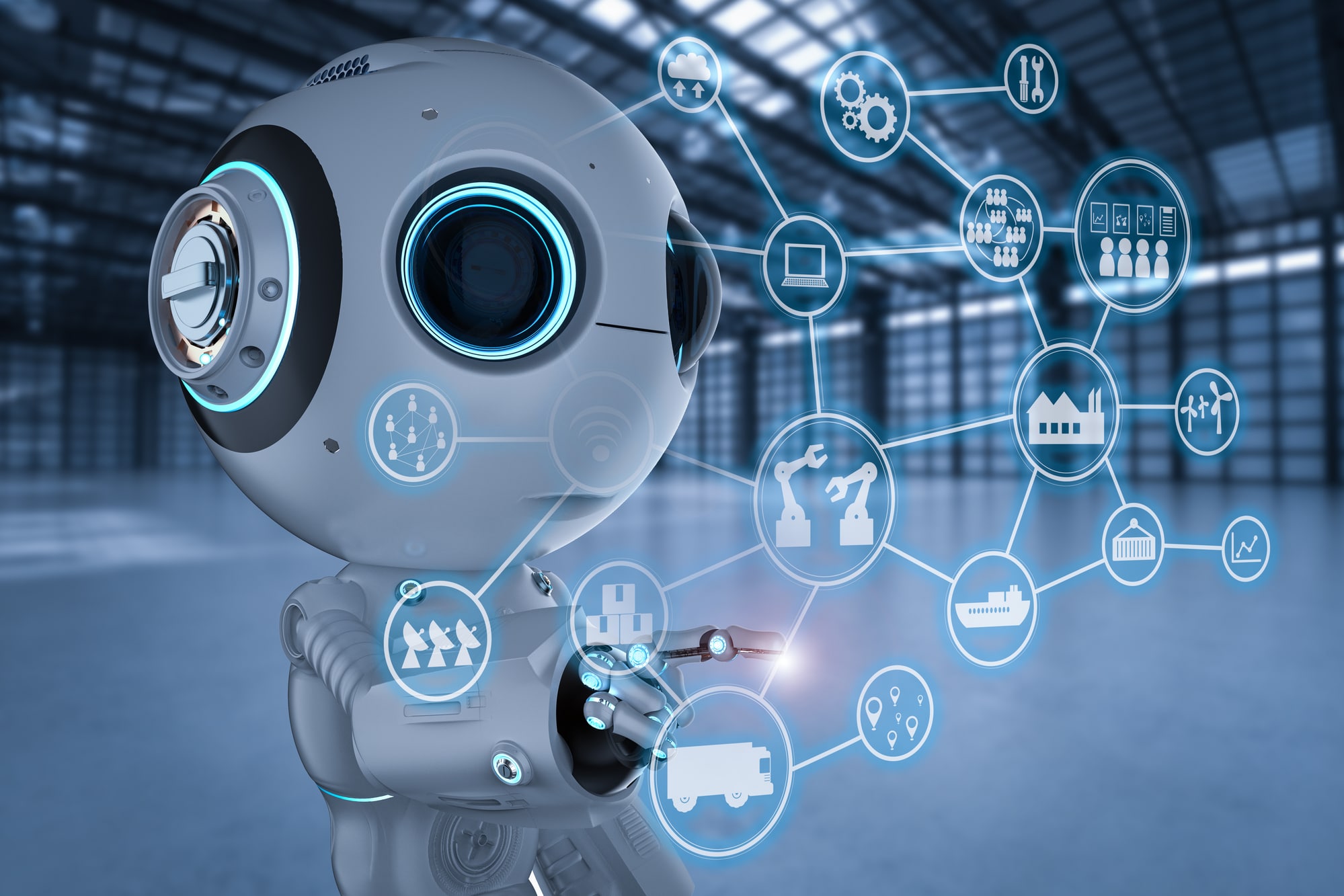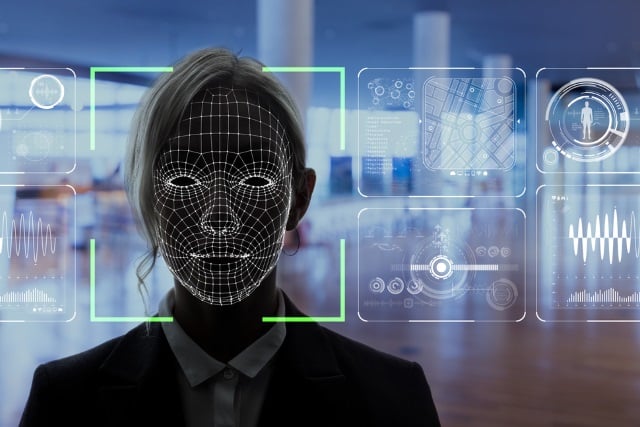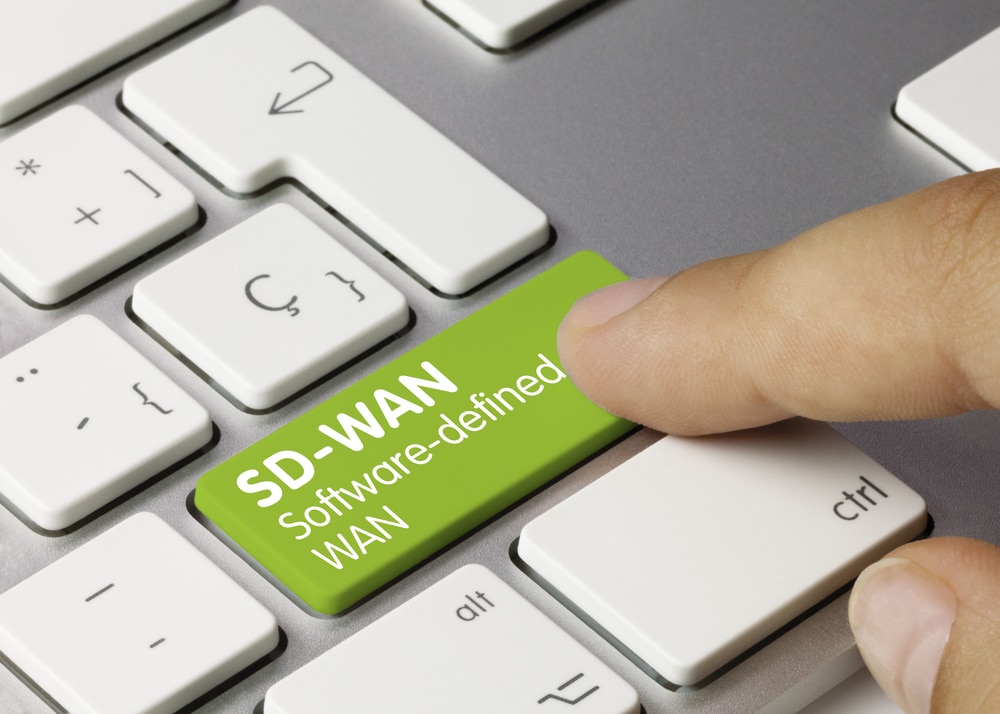
Navigating the global technology skills gap with AI-moderated upskilling
Work trends have rapidly changed across the world, post-pandemic. How and where people choose to work now or in the future is and will be radically different from how it used to be a few years ago. Labor markets across all sectors have undergone drastic shifts in terms of talent requirements and demands, as businesses across the board increasingly accelerate the adoption of automation and emerging technologies.
This has resulted in a growing skills scarcity across the globe. As more technical and digital skills are required by workers in order to master emerging technologies, many organizations risk being left behind due to an undereducated and underprepared workforce. Businesses need to take the required steps now towards ensuring that their workforce, both present and future, has the training and digital skills needed to thrive in the working environment set to emerge over the next decade.

Securing the API hunting ground
Most of us are familiar with the old proverb "for want of a nail, the shoe was lost; for want of a shoe, the horse was lost; for want of a horse, the battle was lost…" and so on. The object lesson is that small and sometimes apparently unimportant objects or actions can have outsized impacts if they are not properly attended to.
So, it is with Application Programming Interfaces or APIs. They are the 'horseshoe nails' at the heart of modern business.

Threat modelling with Santa
If there is one person who, like no other, knows that there is a lot to protect to keep people happy, then it’s Santa and his factory filled with elves, toys and sugary goodness. Not only are there plenty of things to protect, but there are also a lot of things to consider that might play out in unexpected ways, and jeopardize Christmas.
This is why Santa not only knows what to protect, but he also knows the limitations of the resources he needs to be able to keep children happy and make sure the process of making and delivery toys and candy stays operational.

Business Communication Compromise (BCC) predictions for 2023
In 2022, cybersecurity further became a top priority for businesses around the world following critical attacks on both the public and private sectors and of course, the use of cyber warfare as a Russian tactic in its invasion of Ukraine.
This year, organizations have spent significant time and resources attempting to mitigate the risks associated with Business Communication Compromise, including phishing attacks and Personally-Identifiable Information leakages. In 2023 we will see malicious actors increase the frequency of and escalate tactics and techniques around communication. Below are my top 5 predictions for Business Communication Compromise in 2023.

As we go into 2023, corporate aposematism is a worthy consideration
Despite the endless amount of information that is available on cyber security and ransomware, alongside technology providers waxing lyrical about breach prevention, the view that "it’ll never happen to us" is still prevalent -- not just among smaller businesses, but surprisingly in bigger organizations too.
So, when the breach actually happens, and the bad actors demand a ransom, frequently, organizations’ reflex reaction is to make the ransom payment as a way of "making it go away".

What dangerous security vulnerabilities can access control systems have?
Modern access control systems can recognize employees by their faces. This is very convenient. People do not need to wear a badge with an RFID chip around their necks all the time and use the card with every closed door. It seems that the future has come. Employees can walk around the office with their heads held high, and the doors will open by themselves.
But it turns out that many access control systems that use facial recognition technology have security vulnerabilities. In this article, you will read about the most dangerous problems.

When disaster strikes, having the proper business continuity and emergency preparedness technology can ensure enterprise resiliency within healthcare organizations
Even when a disaster or critical incident occurs, hospitals and healthcare organizations must be able to continue to provide assistance to existing patients, while also preparing for a surge of new ones. With many hospitals operating at nearly full capacity, even during periods of relative calm, business downtime of any duration will significantly impact both profitability and patient health outcomes; ensuring business continuity during any situation is critical, particularly in a times of limited resources.
While readiness for crises and critical incidents is essential for conducting resilient business operations in any industry, for healthcare providers, the stakes are higher. Threats like communicable disease outbreaks, weather disasters, and cyberattacks not only disrupt business-as-usual -- they also put individual lives and community well-being in jeopardy.

How fraudsters attack blockchain technology and how it can be prevented
The global financial crisis of 2008-09 resulted in the development of the Bitcoin whitepaper which introduced the world to the idea of blockchain technology and cryptocurrency. Within blockchain, information is stored in several databases (blocks) that are linked together chronologically through cryptographic hashes to form a distributed network (chain). Since its inception the global blockchain market is expected to hit $67.5 billion by 2026.
Within the realm of banking, financial services, and insurance (BFSI) the evolution of cryptocurrencies as an asset class for investors has furthered the commercialization of blockchain technology through decentralized finance (DeFi) services. As of 2021, there are over 6,000 cryptocurrencies being traded freely with global cryptocurrency market capitalize reaching $990 billion. Serving investors' needs are exchanges, lenders, asset managers, custodians, cross-border payment applications, and clearing & settlement houses that all benefit from the surge in blockchain use-cases.

Budget and momentum are key to cybersecurity automation maturity -- and CISOs are feeling left behind
As cyber threats intensify and the human and financial resources available to deal with them remain limited, there is a growing need for automation in cybersecurity.
The intelligent automation of key cybersecurity processes can significantly improve an organization's posture and at the same time support under-pressure employees by reducing reliance on manual processes. But in what is a relatively new approach, how far have organizations progressed along the cybersecurity automation maturity curve and is everyone on the same journey?

IT infrastructure challenges echo a rapidly changing digital landscape
Against a background of major macroeconomic shocks, political uncertainty, and continuing social change, businesses must adapt fast as they aim to deliver trusted value and exceptional experiences for customers, partners, and employees. In a digital world, the responsibility for driving this evolution lies largely with IT leaders as they seek to provide a technology infrastructure with the flexibility, performance, and reliability required in a fast-paced, volatile environment.
To gauge how IT decision-makers are approaching this challenge and understand the issues they are facing, WSO2 recently surveyed 200 IT decision-makers from the UK and Ireland. We found a sector that needs to overcome some significant short-term challenges, but is also aware of longer-term issues that will persist if they are not addressed. At the same time, as digital transformation continues, some of the key technologies powering it are proving harder to integrate into infrastructure than others.

The evolution of business email compromise to business communication compromise
Business Email Compromise (BEC) attacks are no longer limited to traditional email accounts. Attackers are finding new ways to conduct their schemes -- and organizations need to be prepared to defend themselves.
Attackers are leveraging a new scheme called Business Communication Compromise to take advantage of large global corporations, government agencies and individuals. They are leveraging collaboration tools beyond email that include: chat and mobile messaging -- including popular cloud-based applications such as Slack, WhatsApp, LinkedIn, Facebook, Twitter and many more -- to carry out attacks.

The forces driving the new code-agnostic developer generation
Code-agnostic development is the future of cloud-native applications. Sure, there are plenty of benefits to knowing a coding language inside and out, but the field is evolving beyond the requirements for deep language expertise. As low-code and no-code platforms abstract complexity, developers can focus on higher-level concepts. The ability to jump from language to language will make them more efficient and adaptable.
Software industries evolve by abstracting complexity of lower-level tasks. If done correctly, this leads to better user productivity and outcomes. This movement in development is fueling the new approach to languages, allowing development teams to operate successfully with coding knowledge a mile wide and an inch deep. The trend of multi-lingual developers will propel the industry into the future. Let's take a look at how these experts developed.

If the office is for off-sites, how does onboarding work?
The way we live and work has changed forever -- and our workspaces are changing alongside. According to the Office of National Statistics, 84 percent of workers who worked from home planned to carry out a mix of working at home and in offices in the future, while research from Poly shows 77 percent of businesses are redesigning their office spaces to better suit new ways of working.
What constitutes an "office" is a very broad definition -- it could be a home, a local café or pub, or an actual physical office. And the role of the company office has changed. More than everyday tasks, it’s now a space for special events and meetings that would once have happened at an off-site.

The evolution of business connectivity waits for no one -- start your journey now!
When the COVID-19 pandemic emerged in early 2020, businesses around the world pivoted quickly to respond to an event that had the potential to disrupt or ruin their markets and business models. In a matter of weeks and months, they sent their employees home to work. Some business functions shifted to mobile apps, other business applications to the cloud. Enterprises embraced new communication tools and technologies to stay connected to their suppliers, partners, customers and workers, no matter where they were located around the world.
Every key shift in business operations relied on dependable, secure and often global connectivity. Today, as the post-pandemic picture comes into focus, a key question arises: Are businesses ready for what’s next?

Why electric vehicles are at high risk for cyberattacks
What began as a mechanical business now exists as one of the most well-known industries worldwide: the automotive industry has seen more than one hundred years of gradual evolution, that is, until recently.
The automotive industry’s past decade has seen a rapid digital transformation that’s given rise to electric and connected vehicles. The first quarter of 2022 saw a whopping 60 percent increase in electric vehicle registrations, pushing the EV share of the US market to a historic high of 4.6 percent.

